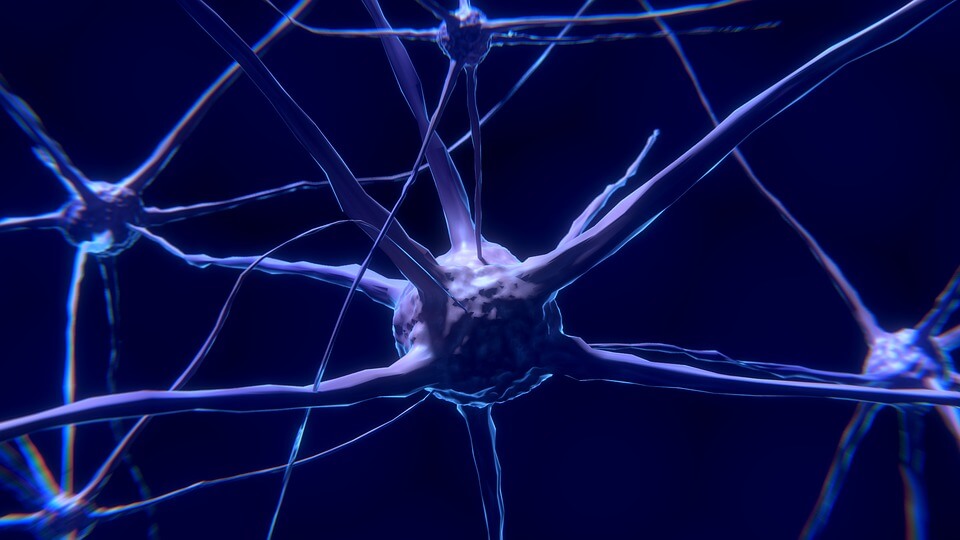What is nervous system? What are the functions and parts of human nervous system and definition.

Source : pixabay.com
Laughing, talking, thinking , reading, crying and walking are examples of behavior. You control these behaviors consciously. Other movements such as the movement of the stomach muscle, diapragm and throat are controlled by your body automatically. You breathe and swallow without any concious effort. Your eyelids also move without you thinking about them. Anything that causes a reaction is a stimulus. How a person reacts to a stimulus is a response. If you touch a hot object with your hand, you pull your hand away immediately. The hot object is a stimulus. Pulling your hand away is the response. All of these behaviors are controlled and regulated by the nervous system and the endocrine system.
The nervous system includes the brain, spinal cord and nerves. Nerve cells run throughout the body and carry messages about your environment to your brain. Messages from your brain travel to all parts of your body.
Receptors, nerves and effectors are three basic structures that involved in the functioning of the nervous system. Receptors are specialized neurons that are sensitiye to certain changes brought about by physical forces like heat, pain, pressure of touch, light and so on. Stimulation of a receptor causes messages or impulses. These impulses eventually reach an effector. An effector may be a gland or a muscle. Any factor that causes a receptor to initiate an impulse is called a stimulus for example ; light, heat, cold and sound.
The nervous system is divided into two parts:
- The central nervous system: This includes the brain and spinal cord.
- Peripheral nervous system : The nerves which connect the body to the central nervous system These nerves carry messages between the central nervous system and the rest of the body.